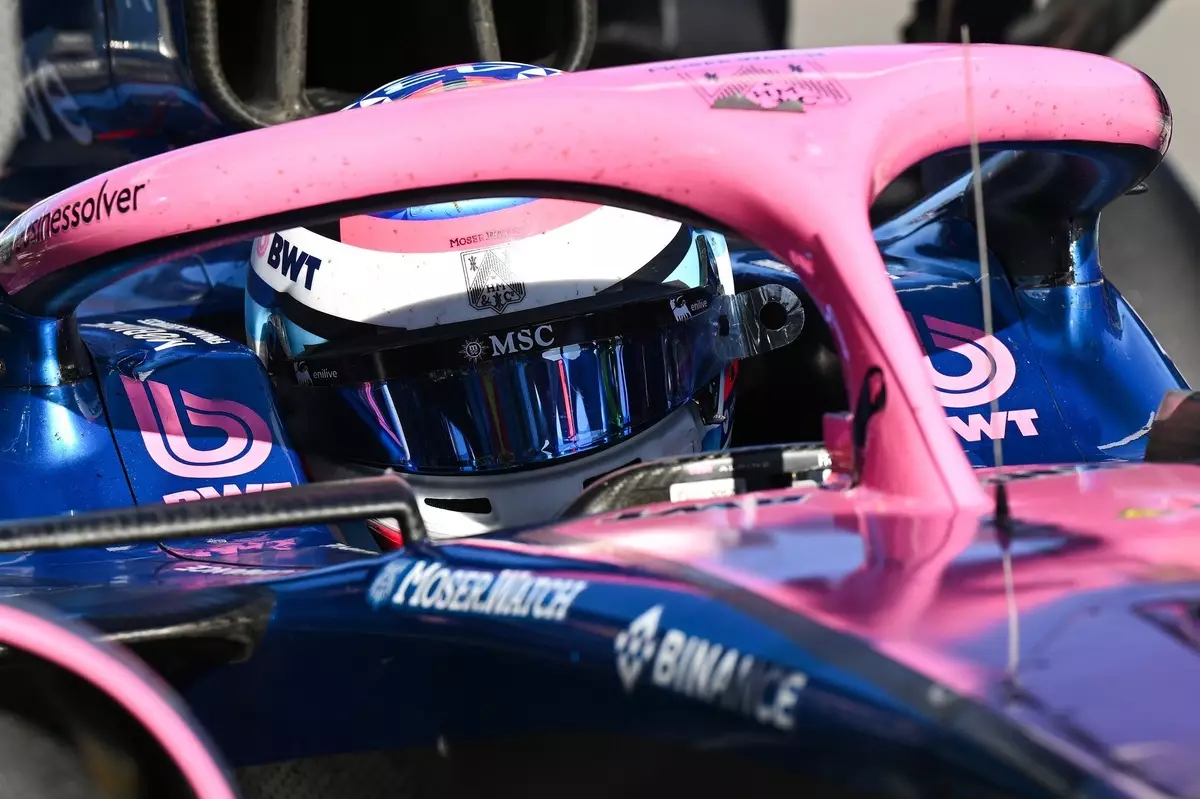Franco Colapinto’s debut at the Imola Grand Prix epitomizes the duality of motorsport: the thrill of competition tempered by the harsh reality of mistakes. The young Argentine, stepping in for Jack Doohan, faced a series of unfortunate events that underscored the pressures and pitfalls of Formula 1 racing. Just when hope was building for Colapinto and the Alpine team, a one-place grid penalty and a crash during qualifying shattered expectations. This incident serves as a stark reminder of the often unforgiving nature of the sport where every decision, however minor, can have monumental consequences.
The penalty was a result of Colapinto’s premature entry into the fast lane of the pitlane, a breach of protocol established by the FIA. This misstep came right after Yuki Tsunoda’s high-speed crash, an incident that had already rattled the atmosphere in the pits. In the high-stakes world of F1, the pressure to perform is immense, and Colapinto’s error highlights how quickly a promising weekend can turn into a nightmare. As stated in the FIA stewards’ report, the misunderstanding of instructions from the team shed light on the complexities that drivers face: navigating communication under pressure while also making split-second decisions.
Hope Amidst the Chaos
Despite the blunder, Colapinto’s reflections post-qualifying reveal a mindset that is both critical and hopeful. Acknowledging his mistakes while emphasizing the progress made by the team demonstrates a mature response to adversity. His acknowledgment of being “pressing the car to the limit” suggests a driver who is pushing for excellence but simultaneously grappling with the weight of expectation. Rather than wallowing in regret, Colapinto expressed a desire to turn this setback into a learning opportunity, showcasing a resilience that is essential in elite racing.
The phrase “it’s tough when it’s like this” resonates with anyone who has faced an uphill battle, yet Colapinto’s forward-looking perspective reveals a crucial aspect of competitive sports: the ability to recover and learn. His recognition of the support from the Alpine team paints a picture of a united front, emphasizing collaboration, rather than individual blame. This solidarity can serve as a vital foundation for future successes, making the pursuit of greatness a shared endeavor.
Charting a Path Forward
Looking ahead, Colapinto’s insights into the car and the race indicate a willingness to embrace the challenges of Formula 1. The use of terms like “adapt and learn” highlights the dynamic nature of F1 driving, where every lap offers a new opportunity to refine technique and understanding. Colapinto’s willingness to face degradation, engine behavior, and other nuances suggests a driver who is keenly aware of the intricate mechanics that define competitive racing.
As he prepares to take the grid from 16th place, Colapinto has the opportunity to demonstrate that a setback can blossom into a comeback. His previous experience racing in different formats provides a diverse backdrop against which he can measure his growth. Rather than focusing solely on results, the young driver’s determination reflects a broader narrative within motorsport—one that thrives on resilience, adaptability, and the relentless pursuit of improvement.
In the context of Formula 1, where the margins for error are slim and the competition is fierce, Colapinto’s debut serves as a crucial lesson in humility and perseverance. His journey is only beginning, and the ability to learn from setbacks and keep pushing forward will define his career as much as the victories to come. Ultimately, in a sport that demands excellence under pressure, it is the grace with which one navigates failure that builds true champions.


Leave a Reply